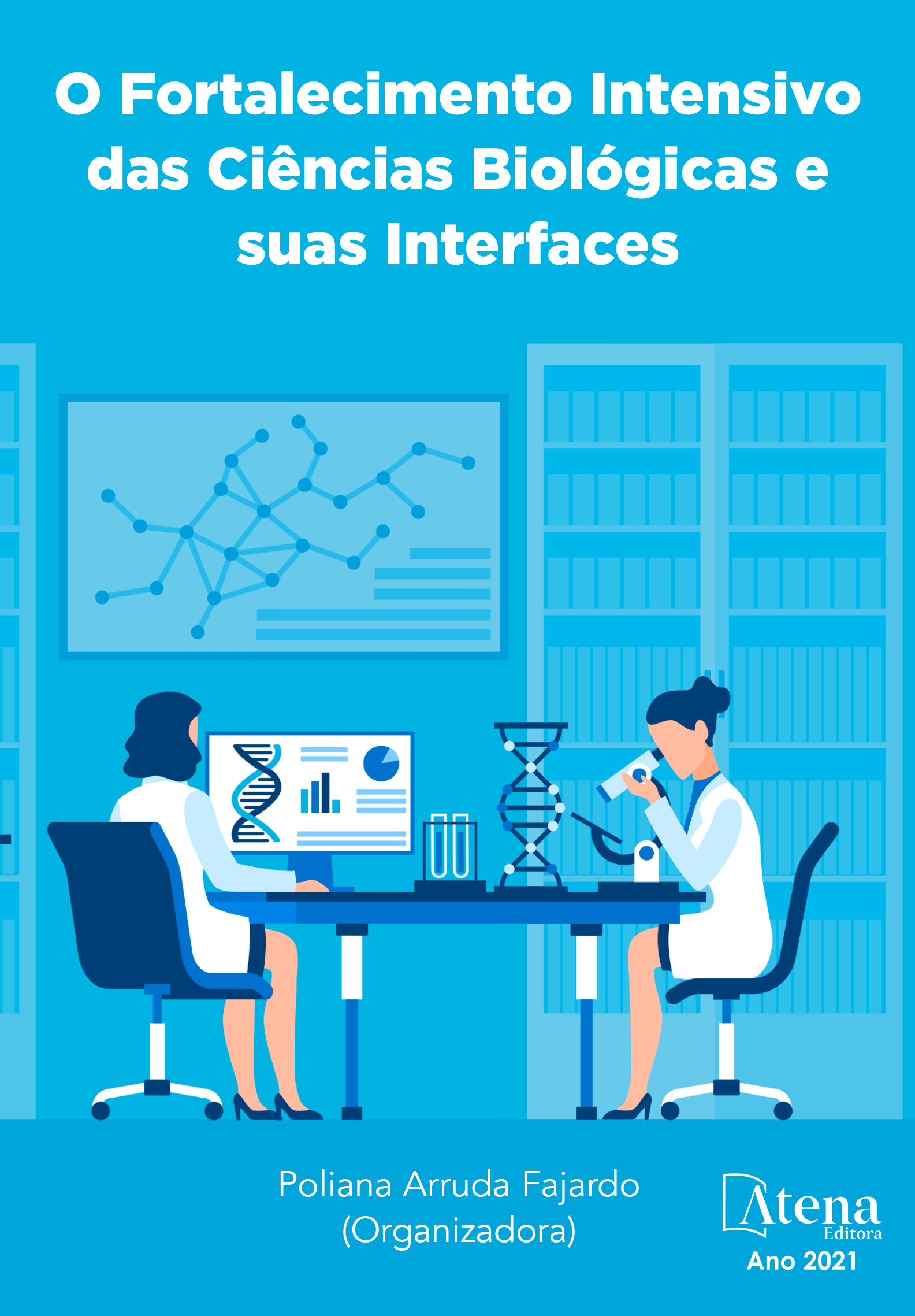
OTIMIZAÇÃO DA TÉCNICA DE REAL TIME-PCR PARA ANÁLISE QUANTITATIVA DA EXPRESSÃO DE GENES RELACIONADOS AO CÂNCER DE INTESTINO
O presente estudo tem como objetivo otimizar a técnica de Real Time-PCR (qPCR) para análise quantitativa da expressão gênica de ratos suplementados com Lactobacillus probióticos, os quais possuem lesões cancerosas no cólon induzidas por 1,2-dimetilhidrazina (DMH). Foram utilizados Rattus norvegicus Wistar, com os tratamentos: 1- solução salina; 2 - DMH; 3 - DMH + Lactobacillus casei; 4 – DMH + L. brevis; 5 - DMH + L. curvatus. Após eutanásia, o segmento colorretal foi coletado, realizando-se extração de RNA, síntese de cDNA e otimização da reação de qPCR para os genes GAPDH, p53, Bcl-2, IL-10, TNF-α e FAS, utilizando o equipamento QuantStudio 3, com o sistema SYBR Green/Rox. A concentração ideal de primers variou conforme o gene alvo, consistindo em 1250nMx1250nM para os genes GAPDH, Bcl-2, IL-10 e TNF-α, 625nMx1250nM para p53 e FAS. A quantidade de amostra inicial também variou conforme gene de interesse, com 100ng para GAPDH, IL-10 e TNF-α, 4ng para p53 e 20ng para Bcl-2 e FAS. Foi possível otimizar a técnica de Real Time-PCR, no que se refere a concentração de primers e de amostra inicial, para os genes GAPDH, p53, Bcl-2, IL-10, TNF-α e FAS.
OTIMIZAÇÃO DA TÉCNICA DE REAL TIME-PCR PARA ANÁLISE QUANTITATIVA DA EXPRESSÃO DE GENES RELACIONADOS AO CÂNCER DE INTESTINO
-
DOI: 10.22533/at.ed.09021110214
-
Palavras-chave: Lactobacilos. Probióticos. Câncer colorretal. qPCR. DMH.
-
Keywords: Lactobacilli. Probiotics. Colorectal cancer. qPCR. DMH.
-
Abstract:
The aim of the present study is to optimize the Real Time-PCR (qPCR) technique for quantitative analysis of rats gene expression supplemented with probiotic Lactobacillus, which have cancerous colon lesions induced by 1,2-dimethylhydrazine (DMH). Rattus norvegicus Wistar were used, with the treatments: 1- saline solution; 2 - DMH; 3 - DMH + Lactobacillus casei; 4 - L. brevis; 5 - DMH + L. curvatus. After euthanasia, the colorectal segment was collected, performing RNA extraction, cDNA synthesis and the qPCR reaction optimization for the genes GAPDH, p53, Bcl-2, IL-10, TNF-α and FAS, using the QuantStudio 3, with the SYBR Green / Rox system. An analysis of gene expression was also performed by qPCR. The primers ideal concentration varied according to the target gene, consisting of 1250nMx1250nM for the GAPDH, Bcl-2, IL-10 and TNF-α genes, 625nMx1250nM for p53 and FAS. The initial sample quantity also had variations according to the gene of interest, with 100ng for GAPDH, IL-10 and TNF-α, 4ng for p53 and 20ng for Bcl-2 and FAS. It was possible to optimize the Real Time-PCR technique, with regard to the concentration of primers and initial sample, for the GAPDH, p53, Bcl-2, IL-10, TNF-α and FAS genes.
-
Número de páginas: 15
- Cesar Milton Baratto
- Rafaela Ansiliero


